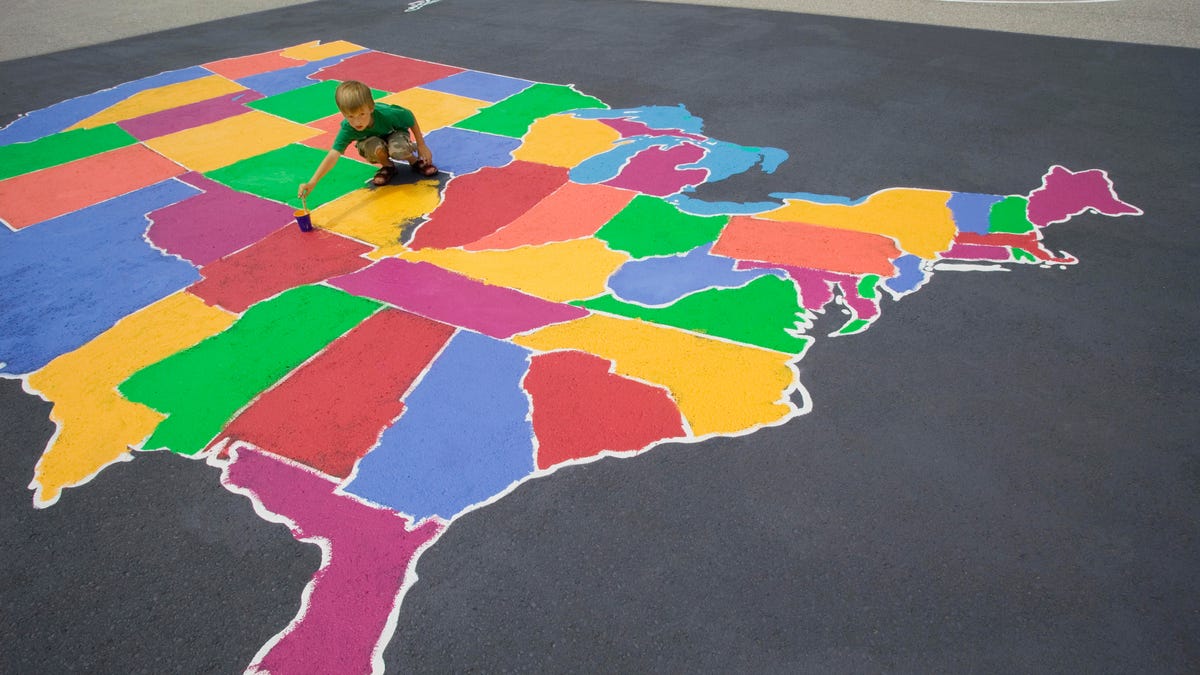 Why You Can Trust CNET
Why You Can Trust CNET FCC Launches Tool to Collect Data for New Broadband Maps
The latest step is key to ensuring the agency collects more accurate data on where broadband is and is not.

The FCC is getting closer to having more accurate broadband maps.
The Federal Communications Commission is collecting data to help create a more accurate broadband availability map of the US.
The new Broadband Data Collection tool, which launched Thursday, will allow broadband service providers to input more accurate information about where broadband is and is not, an important step in creating better maps.
More than 2,500 broadband providers will be able to use the new system to detail where they offer service on a location-by-location basis, FCC Chair Jessica Rosenworcel said in a statement. Broadband providers are required to finish inputting the information by Sept. 1.
Locating local internet providers
The dataset, or broadband map "fabric," will be instrumental in creating updated maps that the FCC has been working on for more than a year to create. The FCC has also launched a new online help center to provide technical assistance and tutorials to broadband providers inputting their information.
Once the maps are complete, they will be made available to the public so that people can challenge the data submitted, Rosenworcel said.
Locating local internet providers
"The best map is one that improves over time with everyone's experiences baked in," she said.
The updated broadband map is important as states begin rolling out the $42.5 billion Broadband Access Equity and Deployment (BEAD) program, which was created by the bipartisan infrastructure legislation signed into law last year. Other funding programs, such as those run by the FCC's Universal Service Fund program, will also use the maps to determine funding for unserved or underserved areas in need of broadband.
Problems with maps
The FCC has been heavily criticized for years for inaccuracies in the data that often overstates broadband coverage. In February 2021, the agency launched a task force to improve the maps, which the FCC and other government agencies use to distribute billions of dollars in federal funding to subsidize the cost of building broadband infrastructure.
The FCC has acknowledged that the old maps it has used have flaws. The problems with the current system for collecting the data stem from how the data is collected. The FCC relies on self-reported information from internet service providers, who are asked to report coverage for so-called "census block" areas. These areas often encompass miles of territory. And if ISPs report even a single home or business in a particular census block as having service, the FCC's current reporting method counts that entire census block as served. But that's not always the case.
Republicans and Democrats on the FCC and in Congress have long agreed that the data for mapping must be more granular in order to get an accurate picture of where broadband exists and where it doesn't. The new system, which launched this week, will require companies to report more detailed data about where broadband exists.
Rosenworcel has previously stated that the new maps should be available starting this fall.

